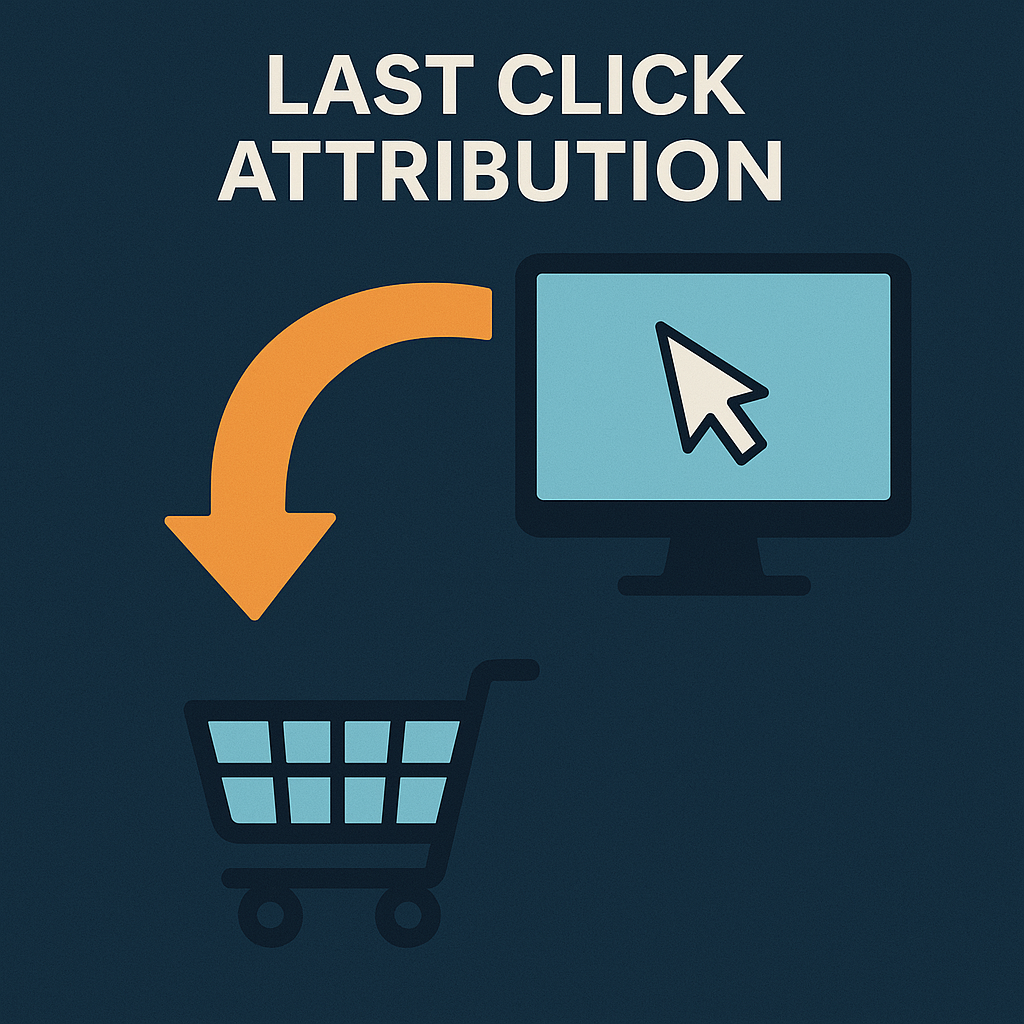In the ever-evolving world of digital marketing, effective performance measurement is crucial for driving business growth. Yet, many marketers still rely on the longstanding practice of last click attribution to evaluate their campaigns. While this model has been a staple for years, its limitations can severely impede our understanding of the customer journey and, consequently, the effectiveness of marketing efforts. In this article, we’ll explore why last click attribution is a misleading metric and how businesses can adopt more holistic approaches to measurement.
What is Last Click Attribution?
Last click attribution is a model that assigns 100% of the credit for a conversion or sale to the last marketing touchpoint the consumer interacted with before completing a purchase. For example, if a user clicks on a Facebook ad, receives a follow-up email, and finally makes a purchase after clicking a Google search ad, last click attribution would credit the entire sale solely to the Google search ad.
The Appeal of Last Click Attribution
The simplicity of last click attribution is its most significant appeal. It’s straightforward and easy to implement, offering a clear picture of which channel or campaign generated the final sale. This simplicity can make it irresistible to marketers looking for clear-cut answers in a complex digital landscape.
However, this same simplicity is also its greatest flaw.
The Limitations of Last Click Attribution
- Oversimplification of Customer Journeys: Modern consumers rarely make decisions in a straight line. Their journeys often involve numerous touchpoints across multiple channels, from social media and email to search engines and display advertising. Last click attribution fails to acknowledge this complexity, reducing the customer’s multifaceted experience to a single interaction.
- Neglecting Brand Awareness and Engagement: Channels that contribute to brand awareness—like social media or display advertising—often don’t receive credit for conversions due to the nature of last click attribution. If a user sees an ad on Instagram but doesn’t click, then later clicks through a Google search ad to make a purchase, all credit goes to Google. This can lead brands to underinvest in high-funnel awareness channels that play a crucial role in influencing purchasing decisions.
- Inhibiting Cross-Channel Strategies: Relying on last click can promote a siloed approach where marketers focus only on channels that drive immediate conversions. This can prevent brands from leveraging the full power of an integrated multi-channel strategy that maximizes engagement across the customer journey.
- Overlooking Long-Term Value: Last click attribution makes decisions based on immediate results, potentially ignoring campaigns that build long-term relationships with customers. For example, a content marketing effort may not lead to an immediate sale but could foster trust and loyalty, increasing lifetime customer value.
Toward a Holistic Attribution Model
To remedy these shortcomings, marketers must embrace more sophisticated attribution models that accurately reflect the complexity of the customer journey. Here are a few alternatives to consider:
- Multi-Touch Attribution: This model recognizes multiple touchpoints along the customer journey, assigning value to each interaction. It provides a more accurate representation of how various channels contribute to conversions.
- Time Decay Attribution: In this model, more credit is given to interactions that occur closer to the point of conversion. This approach balances credit across touchpoints while emphasizing the importance of recent interactions.
- Algorithmic Attribution: Leveraging machine learning, algorithmic models distribute credit based on data analysis and user behavior. These models continually adapt and evolve, providing insights that reflect the changing landscape of customer interactions.
- Custom Attribution Models: As each business and audience is unique, developing a custom attribution model that aligns with specific goals and metrics can be beneficial. This may involve weighting channels according to their strategic importance to your organization.
Conclusion
While last click attribution remains ingrained in many marketing strategies due to its simplicity, it’s clear that it presents an incomplete picture of campaign effectiveness. In a world where multiple touchpoints influence consumer behavior, marketers must be willing to adopt more comprehensive measurements that recognize the full complexity of customer journeys.
By embracing multi-touch attribution and other advanced models, businesses can gain clearer insights into their marketing efforts, allocate resources more effectively, and ultimately, drive greater ROI. As the digital landscape continues to evolve, it’s time to move beyond outdated metrics and make data-driven decisions that reflect the true impact of all marketing touchpoints.

